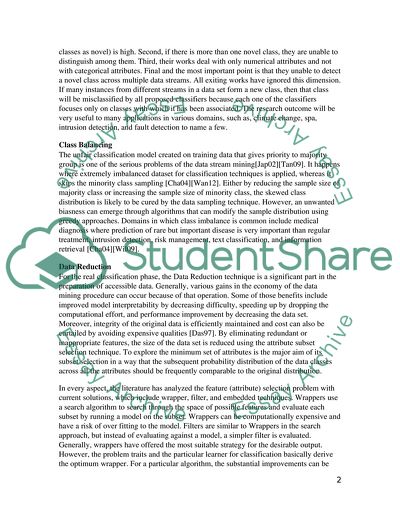Cite this document
(“Efficient Data Mining Classification Technique Essay”, n.d.)
Efficient Data Mining Classification Technique Essay. Retrieved from https://studentshare.org/information-technology/1656517-towards-accurate-and-efficient-data-mining-classification-technique-for-multi-streaming-data
Efficient Data Mining Classification Technique Essay. Retrieved from https://studentshare.org/information-technology/1656517-towards-accurate-and-efficient-data-mining-classification-technique-for-multi-streaming-data
(Efficient Data Mining Classification Technique Essay)
Efficient Data Mining Classification Technique Essay. https://studentshare.org/information-technology/1656517-towards-accurate-and-efficient-data-mining-classification-technique-for-multi-streaming-data.
Efficient Data Mining Classification Technique Essay. https://studentshare.org/information-technology/1656517-towards-accurate-and-efficient-data-mining-classification-technique-for-multi-streaming-data.
“Efficient Data Mining Classification Technique Essay”, n.d. https://studentshare.org/information-technology/1656517-towards-accurate-and-efficient-data-mining-classification-technique-for-multi-streaming-data.


